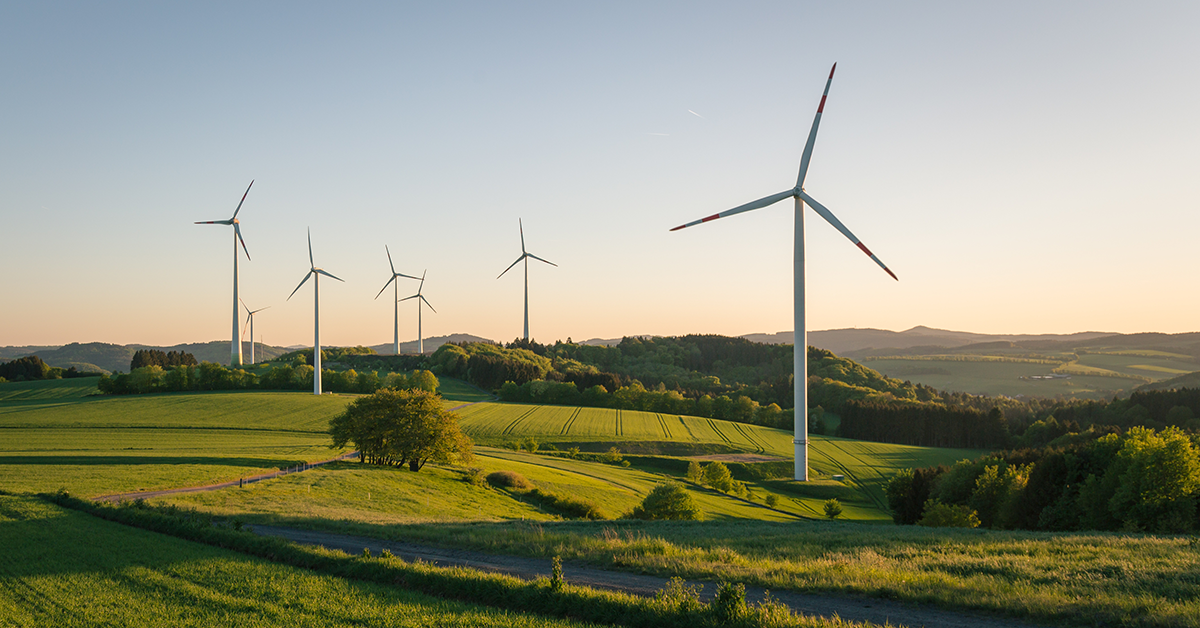Our 2025 Sustainability Report is here! Dive in.
How Demand Response Benefits Both Utilities and End-Use Customers
March 30, 2020 •Franklin Energy

Demand response programs can be valuable to both utilities and to customers alike, especially as their potential continues to expand as the grid is modernized. When deployed strategically, demand response programs can help consumers by reducing or maintaining rates and ensuring more reliable service. Additionally, demand response programs can provide incentives to help offset the costs of adopting smart home technology or building-management system upgrades that may not have been considered otherwise. Finally, demand response programs can act as a catalyst for consumer energy awareness and engagement. They create additional opportunities for utilities to educate and communicate with customers on the benefits of program participation and to glean insights that may help them receive additional incentives in the future.
While demand response programs are a clear winning solution for utility customers, utilities are benefiting as well. As demand response (DR) and distributed energy resource (DER) adoption continues at an amplified pace, utilities have the opportunity to create a cleaner, more sustainable, more decentralized grid. But, if utilities don’t properly plan for this grid of the future, consumer adoption may outpace grid modernization and leave utilities struggling to adapt.
According to one survey of North American electric utilities, 94 percent list DR paired with renewable energy generation as a priority for the next one to three years. And 68 percent of utilities expect that DER will significantly impact their operations in the next five years.
The benefits of DR for utilities, specifically as a promising form of distributed energy resources, include the following:
1. Peak Shaving
Summer peak demand on the electric system typically happens late in the afternoon as people return home from work and begin using electricity at home. Winter peaks typically occur early in the morning and late in the evening as they are driven by water heating and space heating demand. Since power resources and transmission and distribution infrastructure needs to be designed to meet this demand, shaving demand during peak times can have far-reaching benefits and can be accomplished with behavioral DR, rate-based load shifting, and direct load control programs.
2. Intermittent Resource Management and Reducing System Ramps
One of the big challenges of implementing DER is that many—wind and solar, for instance—are variable. One way to meet the challenge of shifts in supply when sun and wind are not abundant is to deploy power plants—but those aren’t agile enough to handle short and sudden dips in generation. Demand response, on the other hand, is responsive and flexible, making it a valuable resource for integrating intermittent resources into the grid.
“DR, particularly dispatchable demand response, can help anticipate grid-balancing challenges by reducing demand over the (usually short) duration when the sun goes behind a cloud or the wind stops blowing,” according to the EDF report. “Technological advances such as ‘automated demand response,’ which can be triggered electronically without any manual intervention, can help to provide this fast-acting service.”
When net load (i.e., energy produced from variable generation resources minus demand) increases or decreases quickly, grid operators are faced with the challenge of combating these fluctuations to maintain power quality and availability for customers. With rate-based non-dispatchable DR programs, consumers are incentivized to increase their demand via low energy rates when supply is plentiful and decrease it through higher rates when it’s scarce—and therefore lessen the slope of the ramp-up and ramp-down periods.
3. Relieving Network Congestion Stress
DR doesn’t just help reduce stress at the generation level—it also helps reduce transmission and distribution (T&D) congestion. Both dispatchable and non-dispatchable demand response can help to reduce T&D congestion as these resources are alternatives to injecting additional energy onto an already strained T&D system. By alleviating congestion on the grid, power suppliers and, ultimately, customers experience lower wholesale market prices during peak demand periods.
4. Frequency Regulation
Beyond load shifting, shaping, and geospatial network congestion, utilities are starting to leverage some DR capabilities in the effort of frequency regulation. While not all technologies are suitable for frequency regulation (e.g. smart thermostats) due to response time requirements, these programs can be operated for a short duration to return the system to the required frequency.
As utilities continue to incorporate demand response and distributed energy resources into their planning on an increased focus of emerging technologies and customer engagement will be key. Programs that seek to engage customers and offer attractive technologies that help them meet their goals will revolutionize demand response and open a new world of potential for grid operators and consumers alike.
If you’d like to learn more about harnessing the power of demand response to meet the shifting DER landscape, contact Franklin Energy to find out how we can help.

